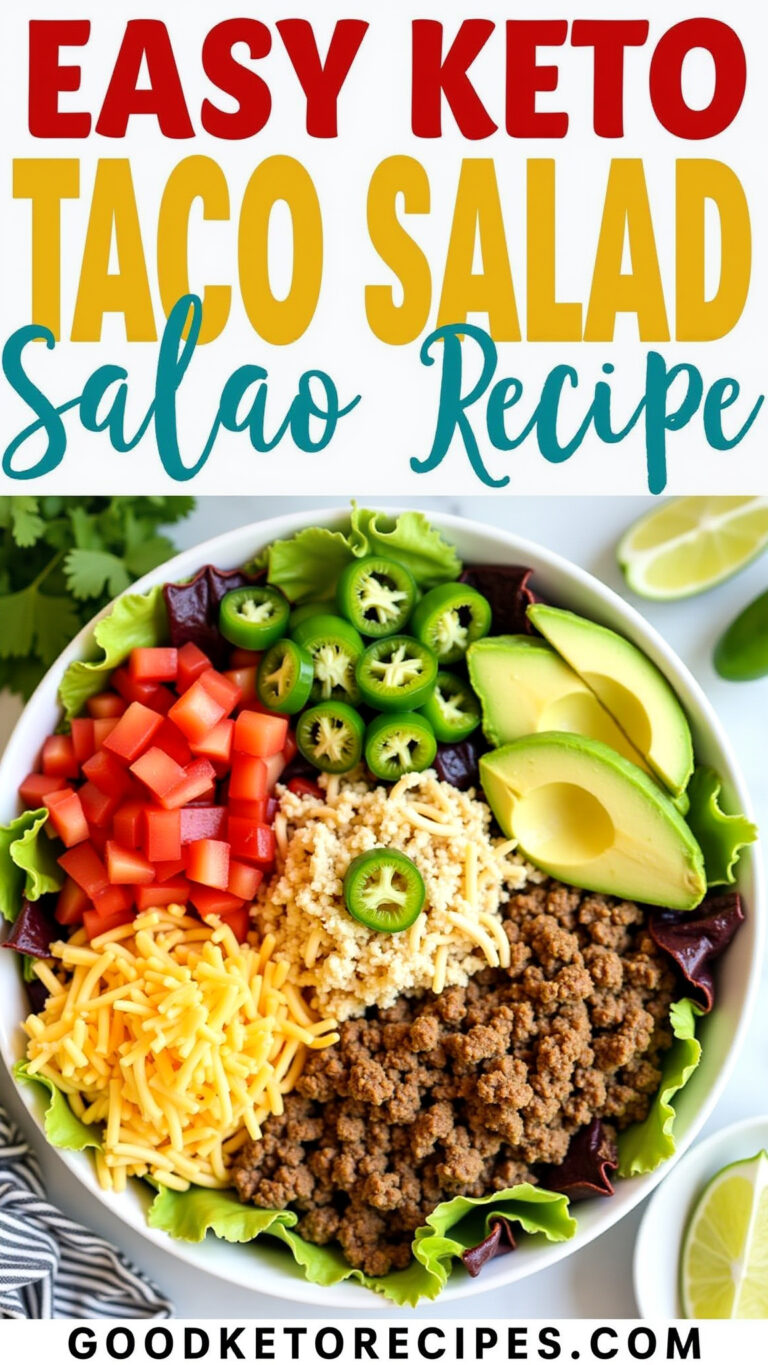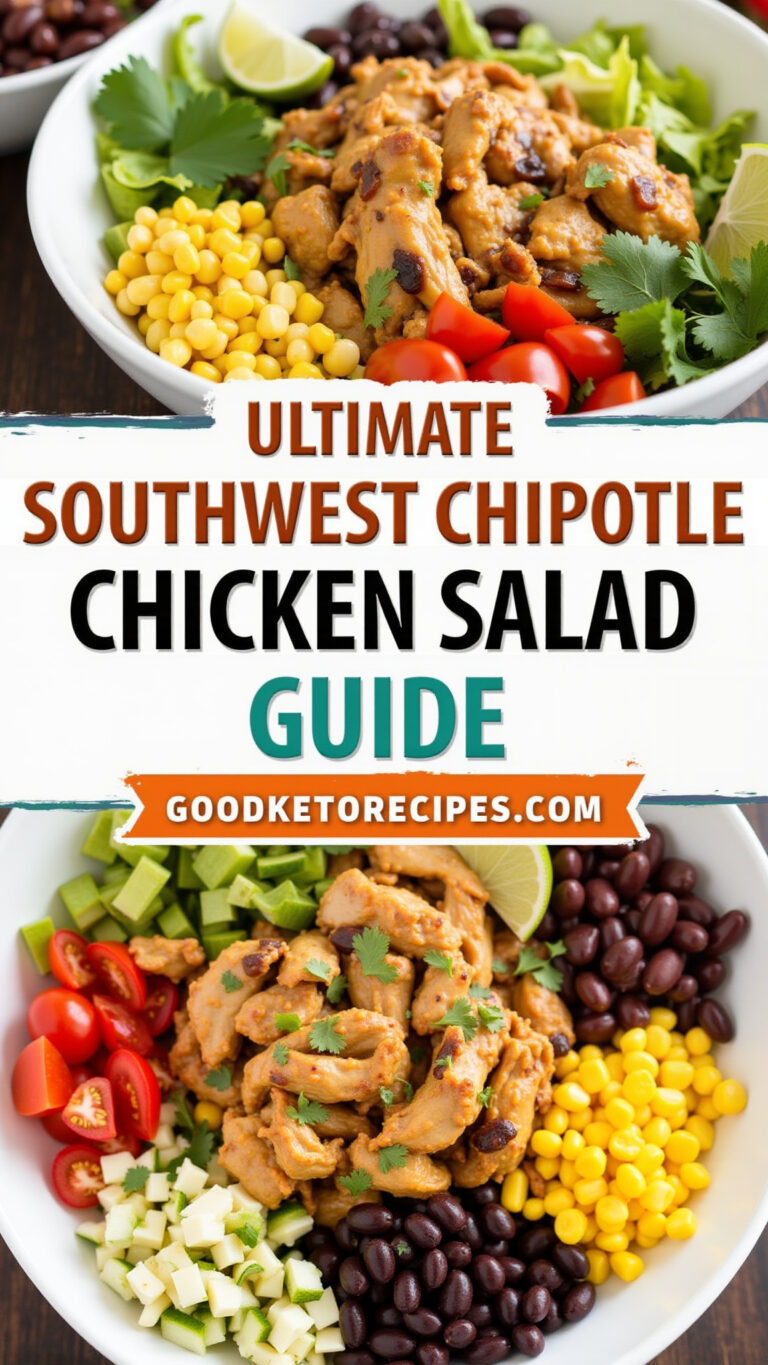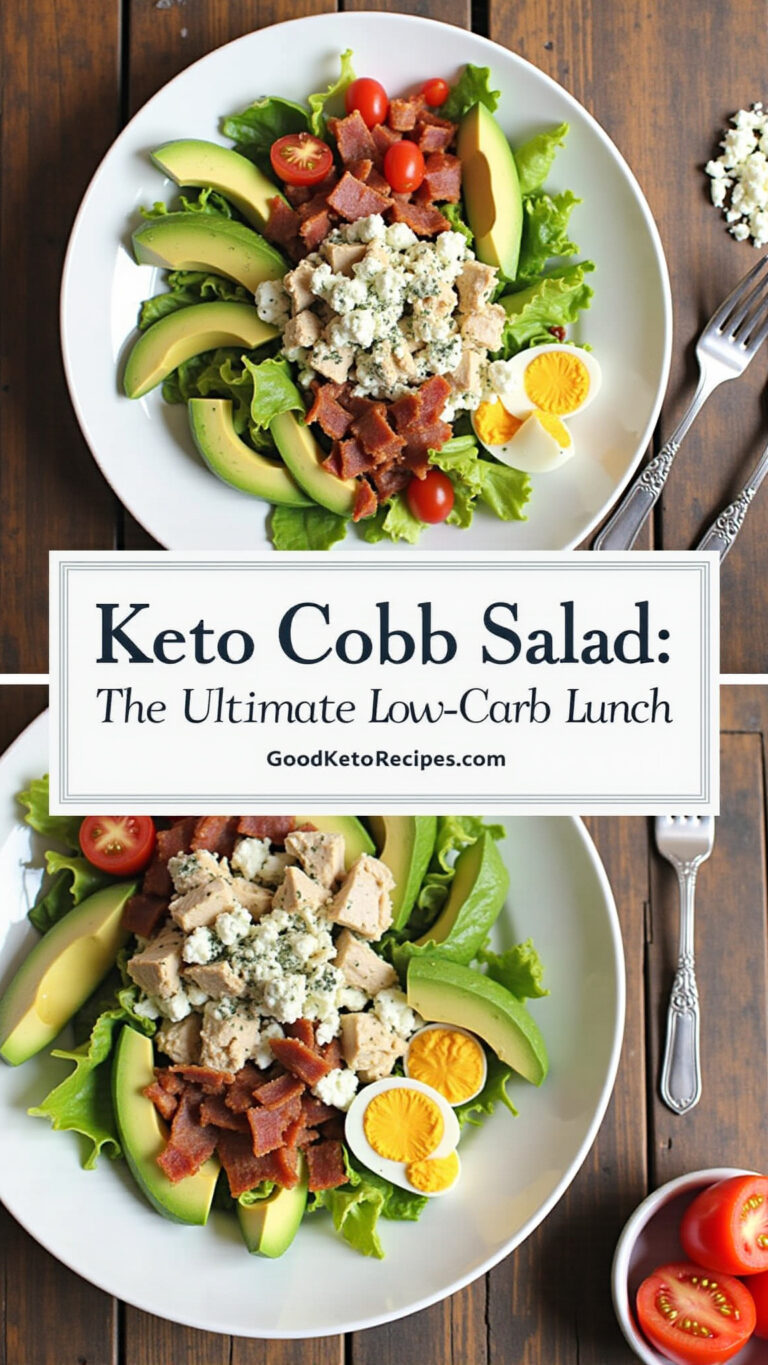Bigger Butt: 5 Proven Exercises
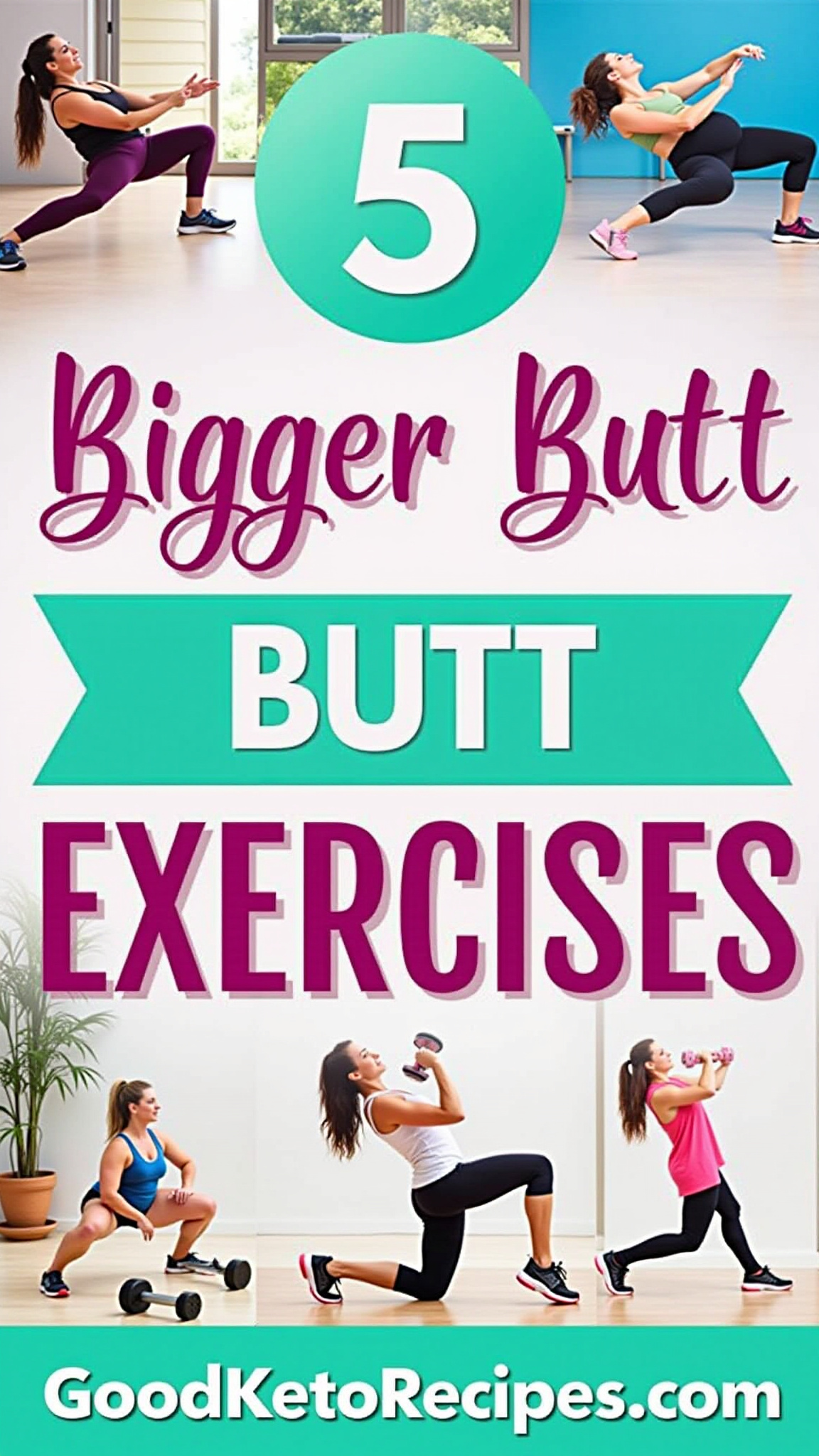
Building a bigger, stronger butt is a common fitness goal. It’s about more than just aesthetics; strong glutes improve posture, athletic performance, and reduce the risk of injuries. This article explores five proven exercises, combined with expert tips, to help you achieve your glute-building aspirations.
Why Focus on Glutes?
Beyond the visual appeal, strong glutes are crucial for overall health and fitness. They play a vital role in:
- Posture: Weak glutes contribute to poor posture, leading to back pain and discomfort.
- Stability: Glutes stabilize the pelvis and hips, improving balance and coordination.
- Performance: Strong glutes enhance athletic performance in activities like running, jumping, and squatting.
- Injury Prevention: Well-developed glutes protect the knees and lower back from injury.
Understanding Glute Anatomy
Before diving into the exercises, it’s important to understand the gluteal muscles:
- Gluteus Maximus: The largest gluteal muscle, responsible for hip extension, external rotation, and abduction. It’s the primary muscle targeted for building a bigger butt.
- Gluteus Medius: Located on the side of the hip, the gluteus medius is crucial for hip abduction (moving the leg away from the body) and pelvic stability.
- Gluteus Minimus: The smallest of the gluteal muscles, located beneath the gluteus medius. It assists with hip abduction and internal rotation.
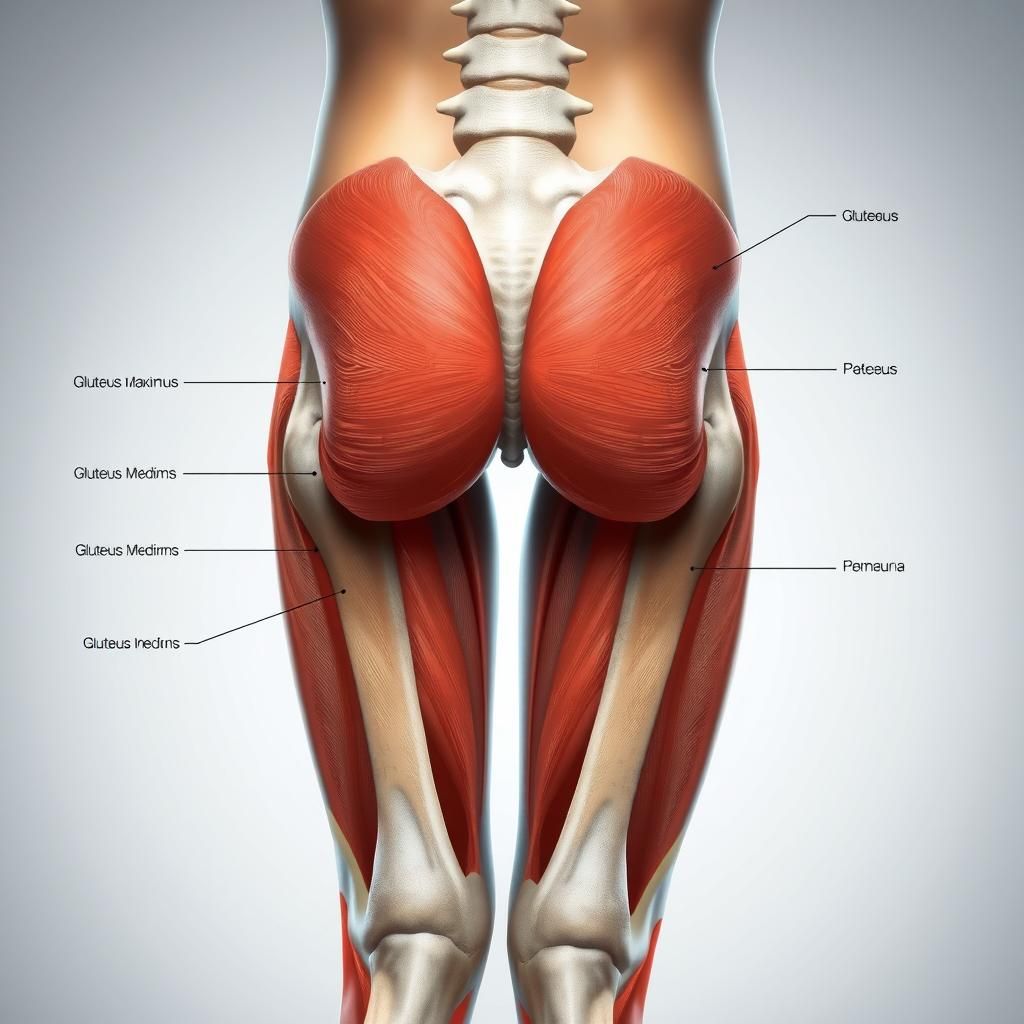
Targeting all three muscles is key for a well-rounded and functional glute development.
5 Proven Exercises for a Bigger Butt
These exercises are designed to effectively target the gluteal muscles, promoting growth and strength. Remember to focus on proper form and controlled movements to maximize results and minimize the risk of injury.
1. Squats
Squats are a compound exercise that works multiple muscle groups, including the glutes, quads, and hamstrings. They are a cornerstone of any glute-building program.
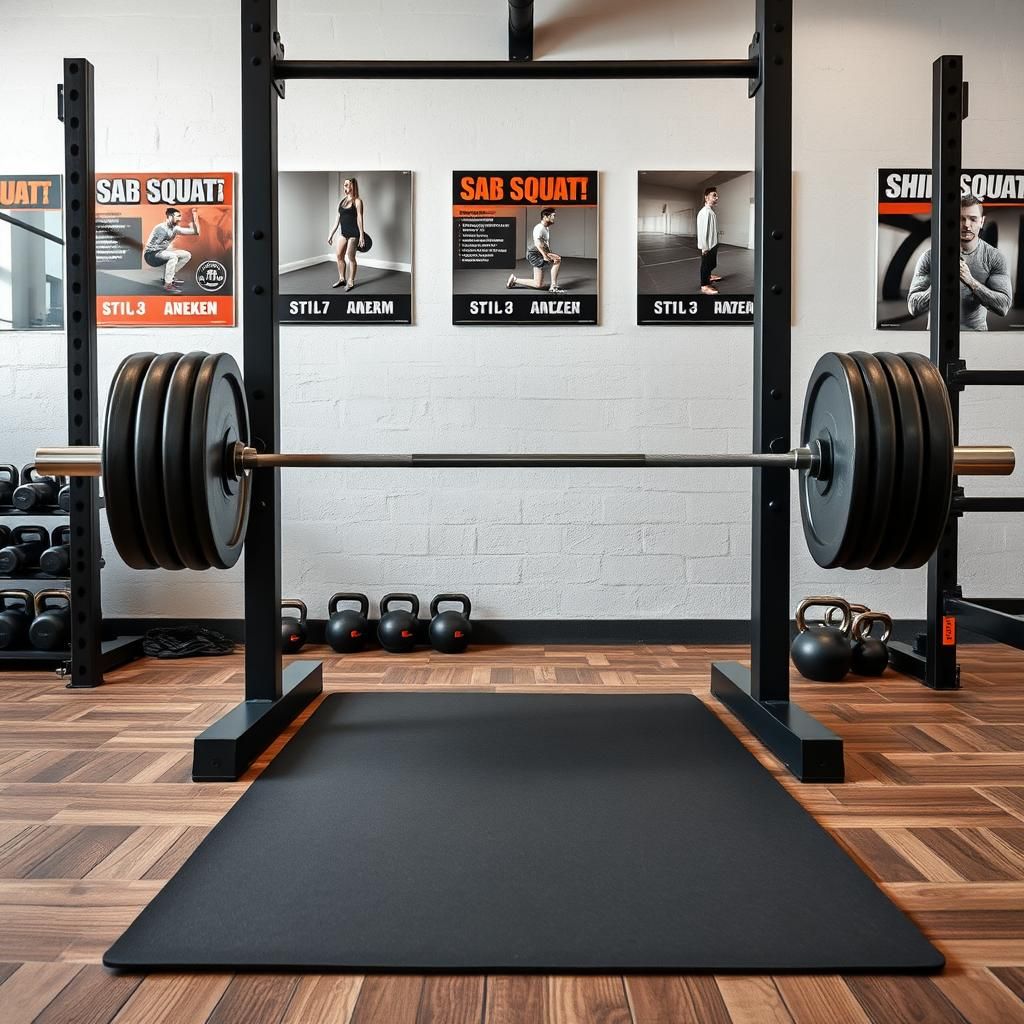
How to Perform:
- Stand with your feet shoulder-width apart, toes slightly pointed outwards.
- Engage your core and keep your back straight.
- Lower your body as if sitting into a chair, keeping your knees behind your toes.
- Go as low as you comfortably can, ideally with your thighs parallel to the ground.
- Push through your heels to return to the starting position.
Variations:
- Back Squats: Barbell across the upper back for added weight.
- Front Squats: Barbell held in front of the shoulders.
- Goblet Squats: Holding a dumbbell or kettlebell in front of the chest.
- Bodyweight Squats: Performed without any added weight.
Why it Works: Squats activate the gluteus maximus and other lower body muscles, promoting hypertrophy (muscle growth). Varying the type of squat can target different areas of the glutes and legs. Studies have shown that squats significantly increase lower body strength and muscle mass (Fry et al., 2003).
2. Hip Thrusts
Hip thrusts are a highly effective exercise for isolating the glutes. They allow for a greater range of motion and activation compared to other glute exercises.
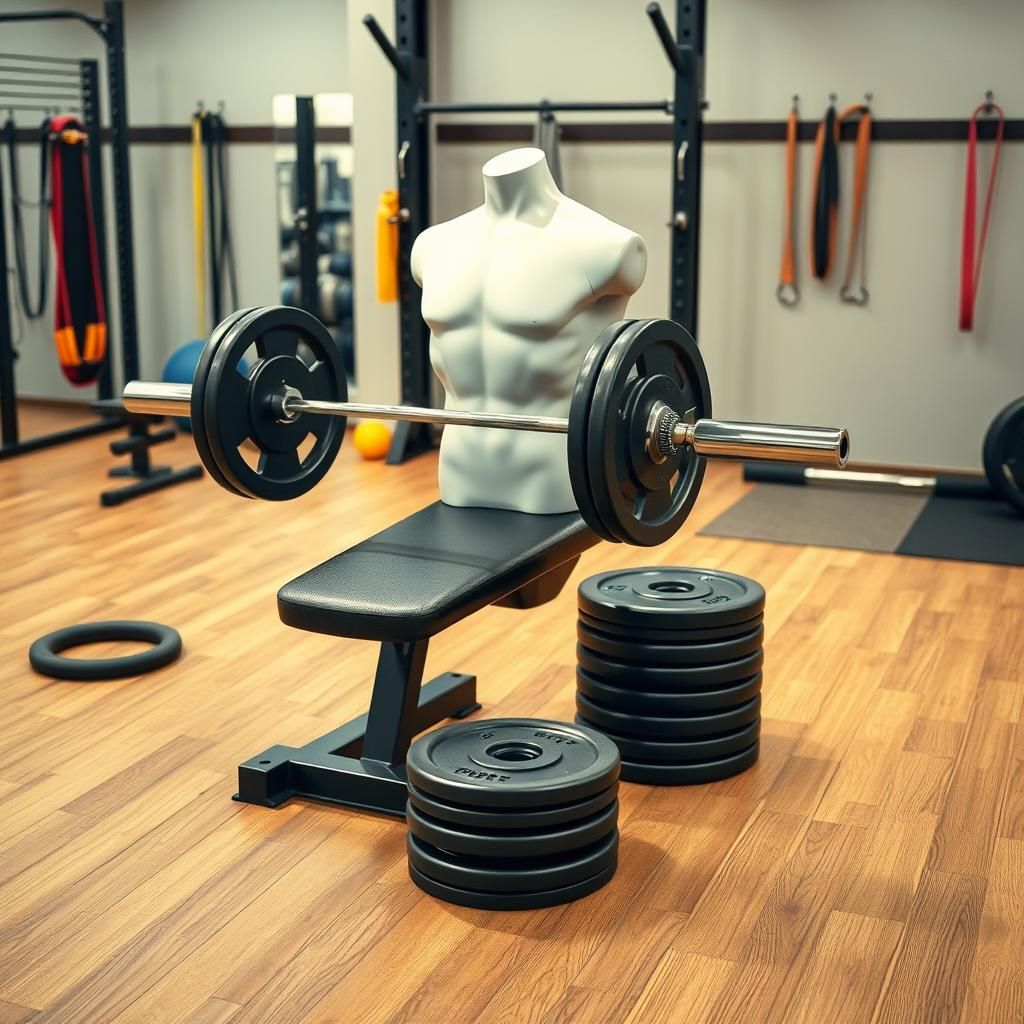
How to Perform:
- Sit on the floor with your upper back against a bench or sturdy platform.
- Position your feet flat on the floor, hip-width apart.
- Place a barbell or dumbbell across your hips.
- Engage your glutes and push through your heels to lift your hips off the ground until your body forms a straight line from your shoulders to your knees.
- Squeeze your glutes at the top of the movement.
- Lower your hips back down to the starting position.
Variations:
- Barbell Hip Thrusts: Using a barbell for added weight.
- Dumbbell Hip Thrusts: Using a dumbbell for added weight.
- Bodyweight Hip Thrusts: Performed without any added weight.
- Single-Leg Hip Thrusts: Performing the exercise on one leg for increased intensity.
Why it Works: Hip thrusts directly target the gluteus maximus, leading to significant muscle growth and strength gains. Research indicates that hip thrusts elicit greater glute activation compared to squats in some individuals (Contreras et al., 2015).
3. Glute Bridges
Glute bridges are a foundational exercise for glute activation and strengthening. They are a great starting point for beginners and can be modified to increase the challenge.
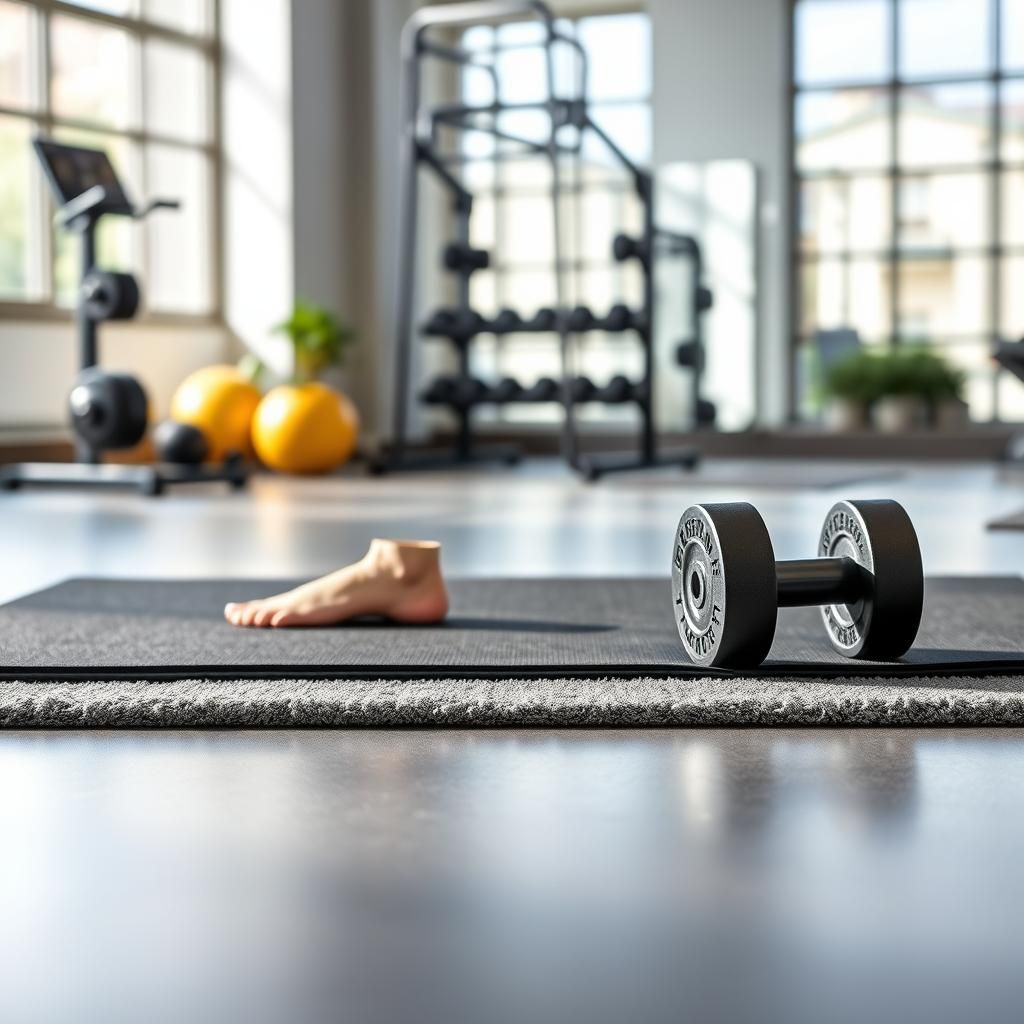
How to Perform:
- Lie on your back with your knees bent and feet flat on the floor, hip-width apart.
- Engage your core and glutes.
- Push through your heels to lift your hips off the ground, forming a straight line from your shoulders to your knees.
- Squeeze your glutes at the top of the movement.
- Lower your hips back down to the starting position.
Variations:
- Weighted Glute Bridges: Placing a weight plate or dumbbell across your hips.
- Single-Leg Glute Bridges: Performing the exercise on one leg for increased intensity.
- Banded Glute Bridges: Placing a resistance band around your thighs.
Why it Works: Glute bridges effectively activate the gluteus maximus and hamstrings. They are a low-impact exercise suitable for all fitness levels. Studies have shown that glute bridges can improve glute strength and function (Selkowitz et al., 2013).
4. Lunges
Lunges are a unilateral exercise that works each leg independently, promoting balance and coordination. They target the glutes, quads, and hamstrings.
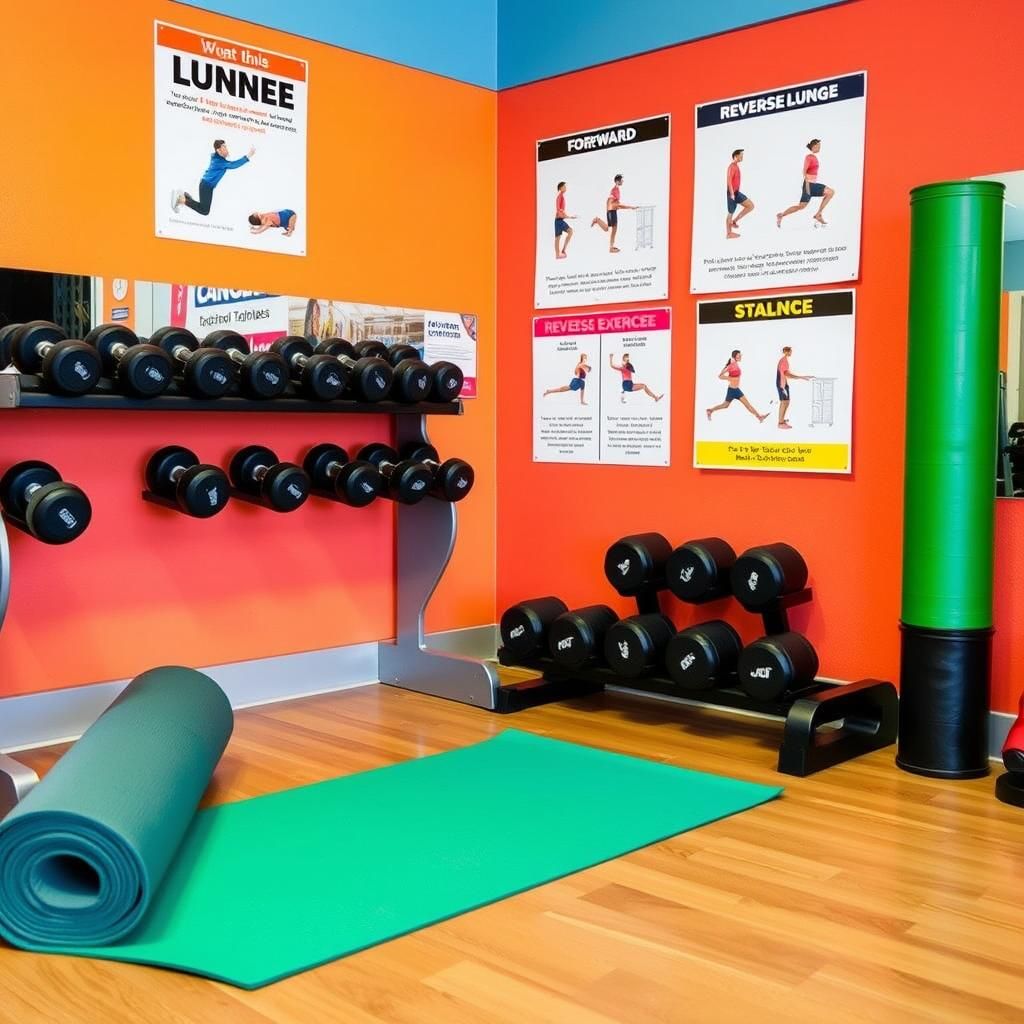
How to Perform:
- Stand with your feet hip-width apart.
- Take a large step forward with one leg.
- Lower your body until both knees are bent at a 90-degree angle.
- Keep your front knee behind your toes and your back knee close to the ground.
- Push through your front heel to return to the starting position.
- Repeat on the other leg.
Variations:
- Forward Lunges: Stepping forward into the lunge.
- Reverse Lunges: Stepping backward into the lunge.
- Walking Lunges: Alternating legs while walking forward.
- Dumbbell Lunges: Holding dumbbells in each hand.
Why it Works: Lunges challenge the glutes and other leg muscles in a functional movement pattern. They improve balance, stability, and coordination. Research suggests that lunges effectively strengthen the lower body and improve functional fitness (McCurdy et al., 2010).
5. Donkey Kicks
Donkey kicks are an isolation exercise that specifically targets the gluteus maximus. They are a great way to activate and strengthen the glutes.
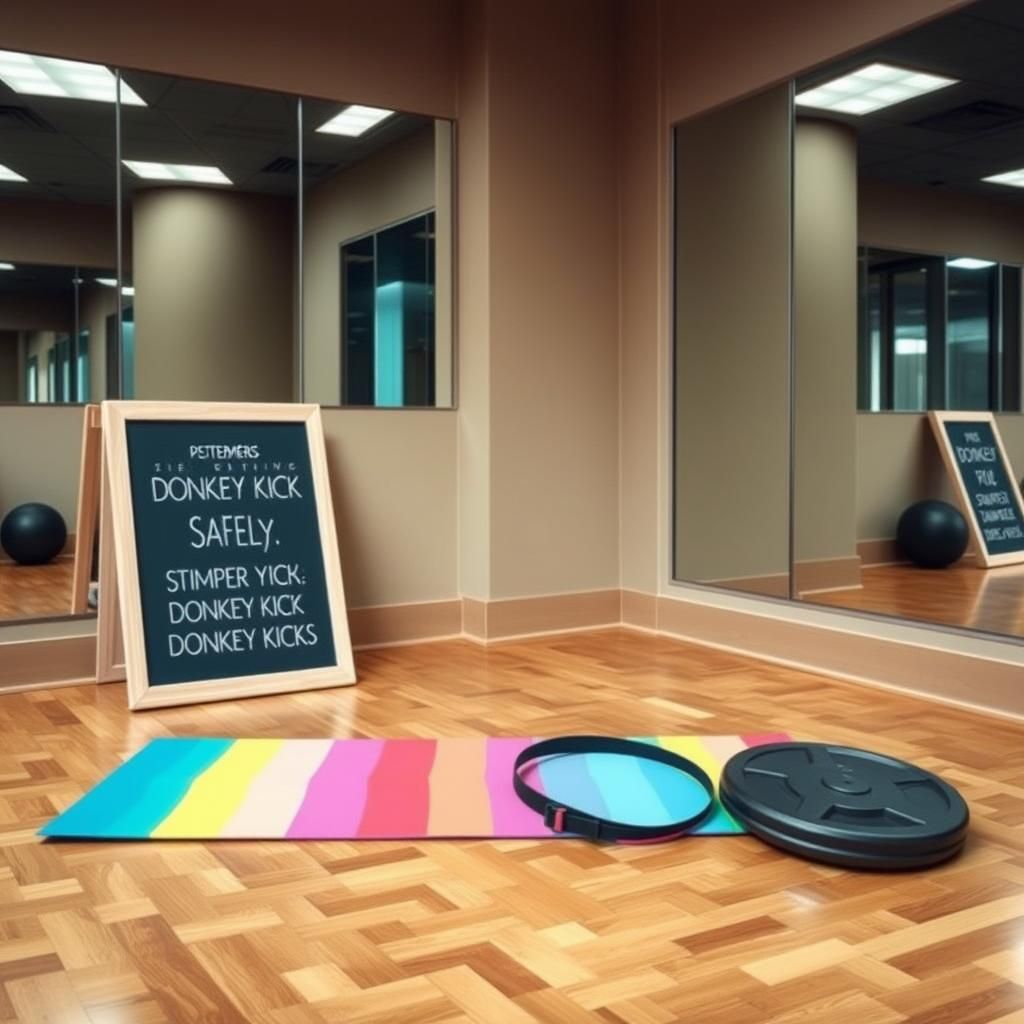
How to Perform:
- Start on your hands and knees, with your hands directly under your shoulders and your knees directly under your hips.
- Engage your core and keep your back straight.
- Lift one leg up and back, keeping your knee bent at a 90-degree angle.
- Squeeze your glutes at the top of the movement.
- Lower your leg back down to the starting position.
- Repeat on the other leg.
Variations:
- Banded Donkey Kicks: Placing a resistance band around your ankles.
- Weighted Donkey Kicks: Placing a small weight behind your knee.
- Pulse Donkey Kicks: Performing small pulses at the top of the movement.
Why it Works: Donkey kicks directly isolate the gluteus maximus, promoting muscle activation and strengthening. They are a relatively low-impact exercise that can be performed by individuals of all fitness levels. Studies have shown that donkey kicks can effectively activate the gluteus maximus (Distefano et al., 2009).
Building a Routine for Glute Growth
To effectively build a bigger butt, consistency and a well-structured routine are essential. Here’s a sample routine incorporating the above exercises:
- Day 1: Glute Focus
- Squats: 3 sets of 8-12 reps
- Hip Thrusts: 3 sets of 10-15 reps
- Glute Bridges: 3 sets of 15-20 reps
- Donkey Kicks: 3 sets of 15-20 reps per leg
- Day 2: Lower Body Strength
- Lunges: 3 sets of 10-12 reps per leg
- Romanian Deadlifts: 3 sets of 10-15 reps
- Hamstring Curls: 3 sets of 12-15 reps
- Calf Raises: 3 sets of 15-20 reps
- Day 3: Rest or Active Recovery
- Day 4: Repeat Day 1
- Day 5: Repeat Day 2
- Day 6 & 7: Rest
Important Considerations:
- Warm-up: Begin each workout with a 5-10 minute warm-up, including dynamic stretching and light cardio.
- Cool-down: End each workout with a 5-10 minute cool-down, including static stretching.
- Progression: Gradually increase the weight, reps, or sets as you get stronger.
- Rest: Allow adequate rest between sets and workouts to allow your muscles to recover and grow.
- Nutrition: Consume a balanced diet with adequate protein to support muscle growth.
The Importance of Progressive Overload

Progressive overload is the principle of gradually increasing the demands on your muscles over time. This is crucial for continued muscle growth and strength gains. You can achieve progressive overload by:
- Increasing Weight: Gradually adding more weight to your exercises.
- Increasing Reps: Performing more repetitions with the same weight.
- Increasing Sets: Performing more sets of each exercise.
- Decreasing Rest Time: Reducing the amount of rest between sets.
- Increasing Frequency: Training your glutes more frequently.
By consistently challenging your muscles, you will continue to see progress in your glute development.
Nutrition for Glute Growth
Exercise is only one piece of the puzzle. Nutrition plays a vital role in muscle growth and overall fitness.
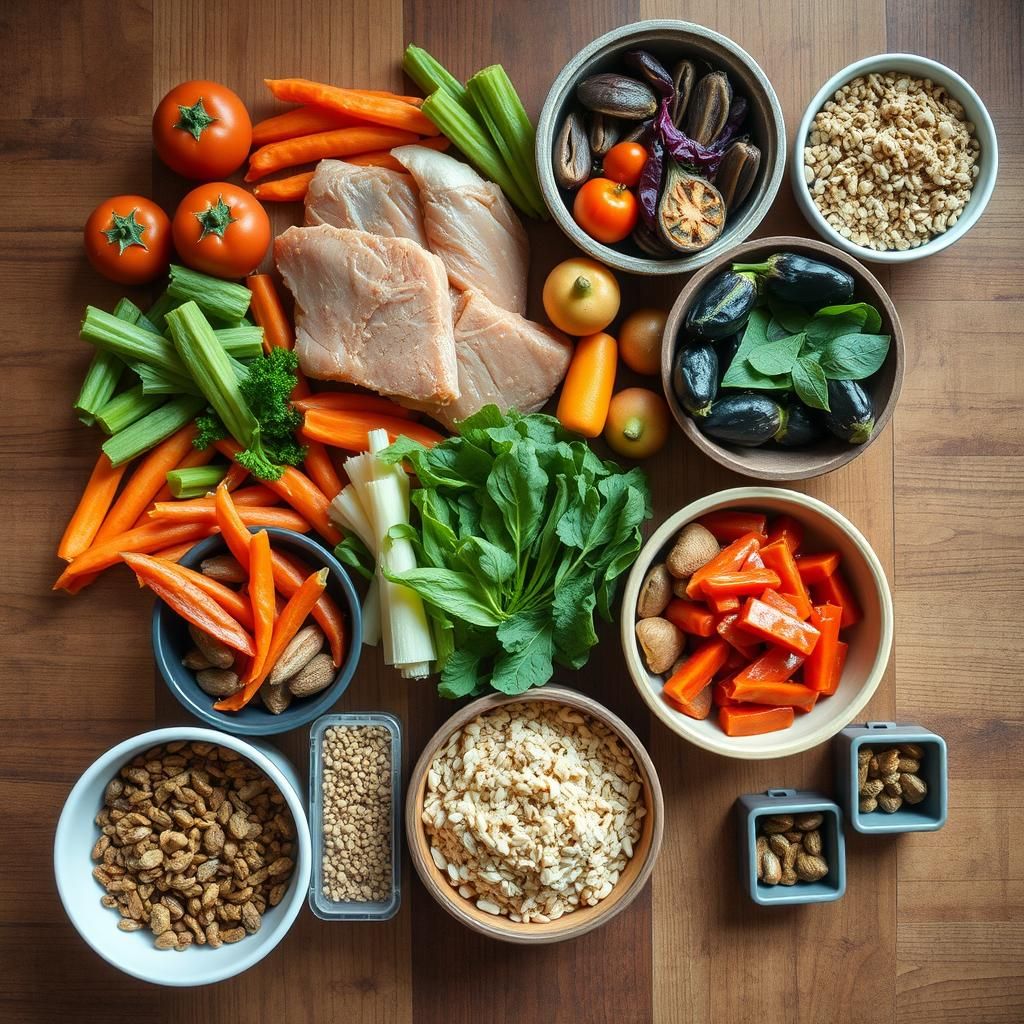
- Protein: Aim for 1.6-2.2 grams of protein per kilogram of body weight per day. Protein is essential for muscle repair and growth. Good sources of protein include lean meats, poultry, fish, eggs, dairy products, beans, and lentils.
- Carbohydrates: Carbohydrates provide energy for your workouts and help replenish glycogen stores in your muscles. Choose complex carbohydrates such as whole grains, fruits, and vegetables.
- Healthy Fats: Healthy fats are important for hormone production and overall health. Include sources of healthy fats such as avocados, nuts, seeds, and olive oil in your diet.
- Hydration: Drink plenty of water throughout the day to stay hydrated and support muscle function.
- Caloric Surplus: To build muscle, you need to consume more calories than you burn. Aim for a small caloric surplus of 250-500 calories per day.
Common Mistakes to Avoid

- Poor Form: Using improper form can increase the risk of injury and reduce the effectiveness of the exercises. Focus on maintaining proper form throughout each repetition.
- Lack of Consistency: Consistency is key for achieving results. Stick to your workout routine and nutrition plan to see progress.
- Not Enough Weight: If you’re not challenging yourself with enough weight, you won’t stimulate muscle growth. Gradually increase the weight as you get stronger.
- Overtraining: Overtraining can lead to fatigue, injury, and decreased performance. Allow adequate rest and recovery between workouts.
- Ignoring Nutrition: Nutrition is just as important as exercise. Make sure you’re consuming a balanced diet with adequate protein to support muscle growth.
Listening to Your Body

It’s crucial to listen to your body and adjust your training accordingly. If you’re experiencing pain, stop the exercise and consult with a healthcare professional. Don’t push yourself too hard, especially when starting a new exercise program. Gradual progression is key to preventing injuries and achieving long-term results.
In Conclusion
Building a bigger butt requires a combination of targeted exercises, proper form, progressive overload, and a balanced diet. The five exercises outlined in this article – squats, hip thrusts, glute bridges, lunges, and donkey kicks – are proven to effectively target the gluteal muscles and promote growth. By incorporating these exercises into a well-structured routine and paying attention to your nutrition, you can achieve your glute-building goals. Remember to prioritize proper form, listen to your body, and be consistent with your training. With dedication and patience, you can build a stronger, more sculpted butt that not only looks great but also improves your overall health and fitness.
References
- Contreras, B., Cronin, J., & Schoenfeld, B. J. (2015). Barbell hip thrust, muscular activation and performance: A systematic review. Journal of Strength and Conditioning Research, 29(12), 3573-3595.
- Distefano, L. J., Blackburn, J. T., Marshall, S. W., & Padua, D. A. (2009). Gluteal muscle activation during common therapeutic exercises. Journal of Orthopaedic & Sports Physical Therapy, 39(7), 532-540.
- Fry, A. C., Smith, J. C., & Schilling, B. K. (2003). Effect of knee position on hip and knee torques during the barbell squat. Journal of Strength and Conditioning Research, 17(4), 629-633.
- McCurdy, K., O’Kelley, E., Kitzman, P., Salazar, D., Tommy, T., & Arnold, T. (2010). Comparison of lower extremity EMG between the 2-leg squat and modified single-leg squat in female athletes. Journal of Strength and Conditioning Research, 24(10), 2479-2485.
- Selkowitz, D. M., Beneck, G. J., & Powers, C. M. (2013). Which exercises target the gluteal muscles while minimizing activation of the tensor fascia latae? Electromyographic assessment using fine-wire electrodes. Journal of Orthopaedic & Sports Physical Therapy, 43(2), 54-64.
Explore These Resources
Affiliate Link Disclosure: Some of the links in this post are affiliate links. This means that if you click on the link and make a purchase, I may receive a small commission at no extra cost to you. I only recommend products or services that I personally use and believe will be valuable to my readers.


